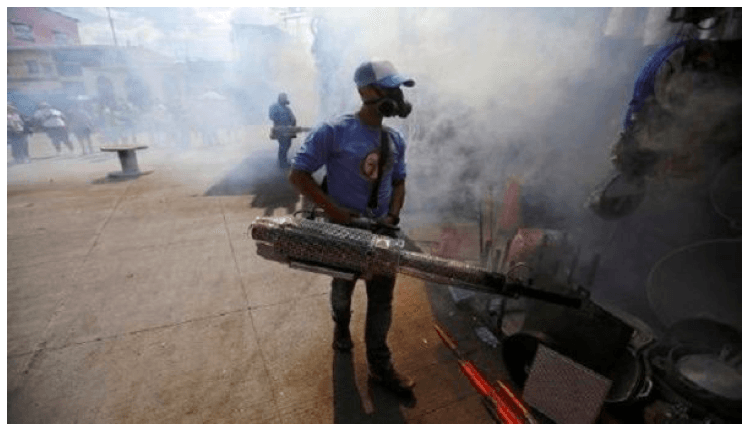I first learned of the Honduran non-governmental organisation (NGO) Agua Para El Pueblo (APP) in 1999 when the Catholic Institute for International Relations (later to become Progressio and even later, 2017, to cease its development work) hired me to make an evaluation of the effects of Hurricane Mitch on its development work programmes in El Salvador, Honduras and Nicaragua. Amongst other results of that work I wrote a case study about APP for the book ‘Storm Warnings’ (published by the CIIR in 2001).
In essence, APP supports community initiatives and efforts to improve the conditions of life through the provision of clean water and sanitation systems. It does so through a mechanism of community participation and through cooperation with appropriate organisations and institutions that are present in the community. Its ultimate aim is to improve the health of the community.
In 2015, I visited APP again, this time simply to put myself up-to-date with the organisation’s programmes, principles and practices. I do my best not to be overly cynical about development work – yet often I know that I fail in that effort because so many relatively small-scale development initiatives fade and disappear after a few years and changes of personnel, ideas and circumstances. So it was an extremely pleasant surprise to find that APP not only continues to exist, but is also as dynamic and energetic as it had been seventeen years earlier.
One of their most impressive and recent programmes has the title AguaClara which has support from Cornell University in the United States. The programme is briefly described below.
AguaClara
The AguaClara treatment plant is an efficient solution to reduce turbidity and to disinfect water from surface sources in communities which have piped water. The plant:
- produces clear and disinfected water;
- does not need electricity or machinery and functions solely with the force of gravity;
- is built using local materials;
- generates employment in the community through the post(s) of community operators;
- is very economical.
Communities selected for participation in the scheme:
- have a problem of turbidity of their water supply;
- are motivated to resolve the problem;
- are disposed to participate in all aspects of the programme from planning and design to measuring and monitoring;
- must have space enough to build the plant and enough volume and hydraulic pressure to raise the water two meters above the water supply tank;
- have no alternative supply of clean water;
- must carry out tests for heavy metals and chemicals in the water.
More details of all aspects of APP can be found on their website at: www.apphonduras.org and details of the AguaClara programme can be found at: http://aguaclara.cee.cornell.edu
The AguaClara programme gives an indication of how far APP’s work has developed. Back in 1999, I travelled with Andrew Trevett, a British water and sanitation engineer who worked with Agua Para El Pueblo during Hurricane Mitch in 1998, after which he sought and got funding from the British Embassy to clean out and improve many of the wells in the Honduran departments of Valle and Choluteca.
Andrew explained:
“The vast majority of the communities in this area around Nacaome especially out in the
campo‚ do depend on community wells. It’s really vital. I go regularly to quite a few communities and they have one well with one hand pump between forty to sixty households. So it has a tremendous load on it. And if the water’s dirty, then it will affect all of them, not just one.
Building a gravity-fed system with a tank and a long pipeline takes a lot longer [than digging a well], and the idea is that every house will have a tap. So it looks like a step up in terms of development. And there’s no doubt that all of these communities in the south [of Honduras] would much rather have that sort of system. But the problem in the south is the lack of readily available water sources. You could certainly build that kind of water system if the community has an electricity supply and can afford a pump system. But very few communities have an electricity supply.”
[Andrew Trevett in interview with Martin Mowforth, 1999.]
APP continues to focus its work on one of the most basic principles of human development, the provision of clean water and effective sanitation systems. Moreover, it continues to be a source of hope for many communities in Honduras.
- Agua Para El Pueblo: www.apphonduras.org
- AguaClara : http://aguaclara.cee.cornell.edu
- ‘Storm Warnings: Hurricanes Georges and Mitch and the lessons for development’ (2001) by Martin Mowforth, Catholic Institute for International Relations. [Not available in e-book; hard copies available from the author.]


